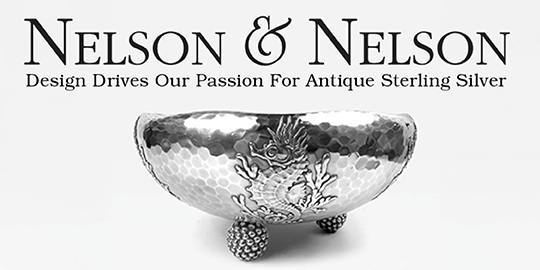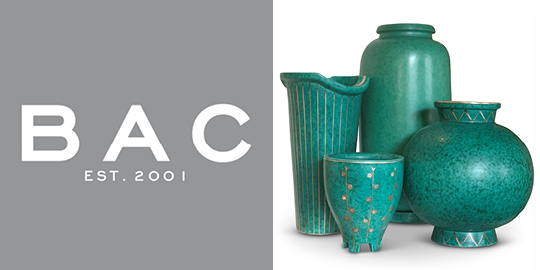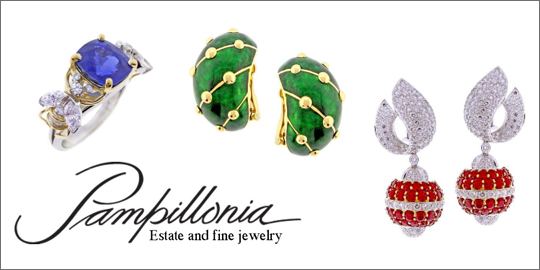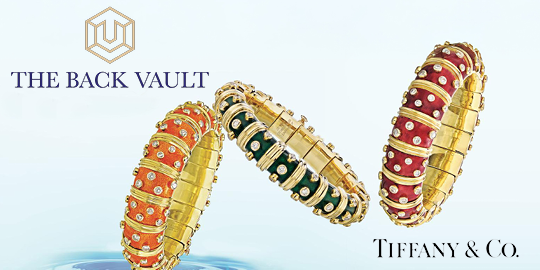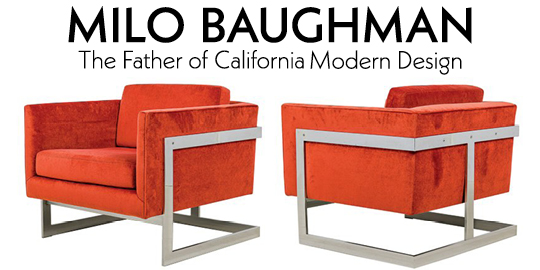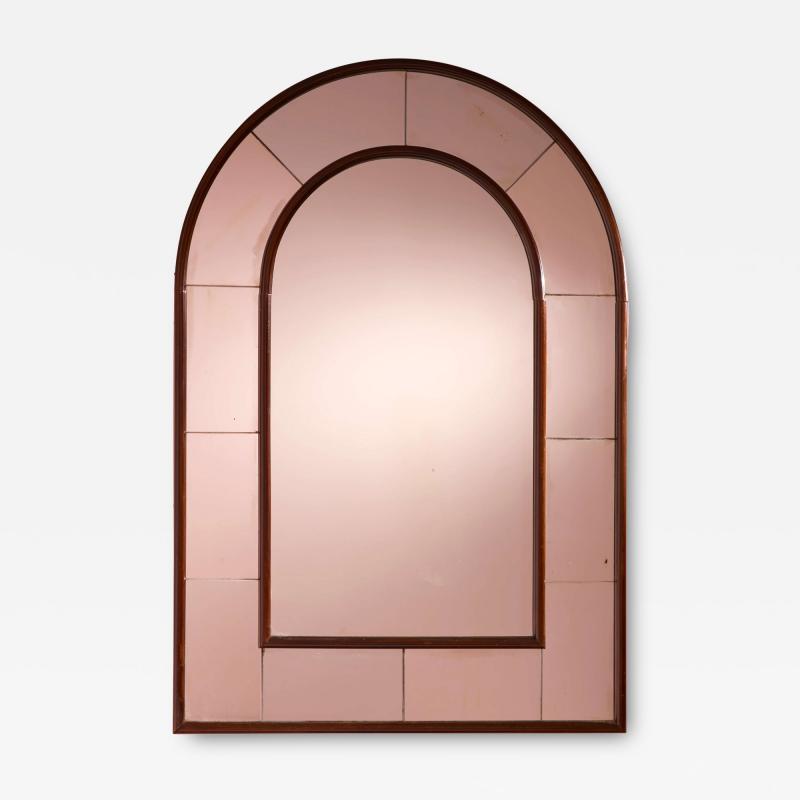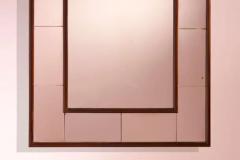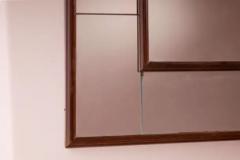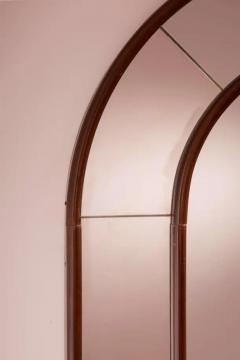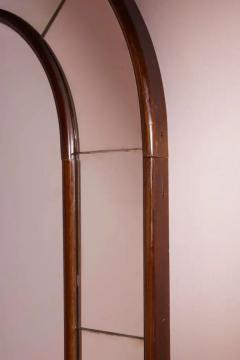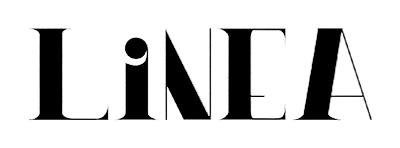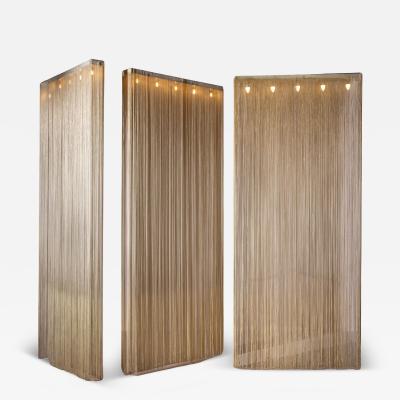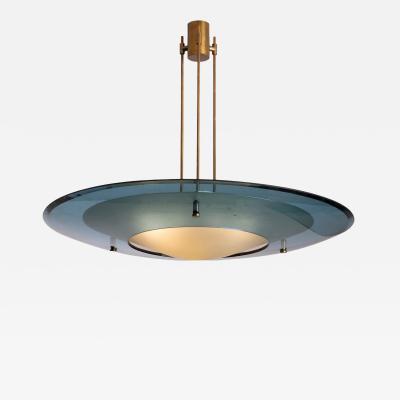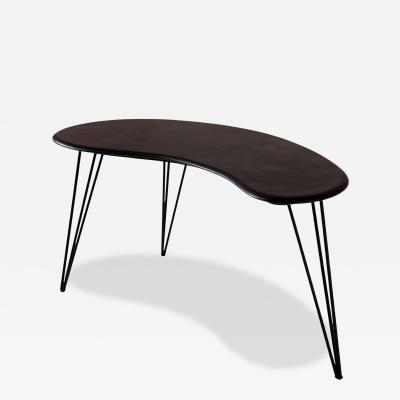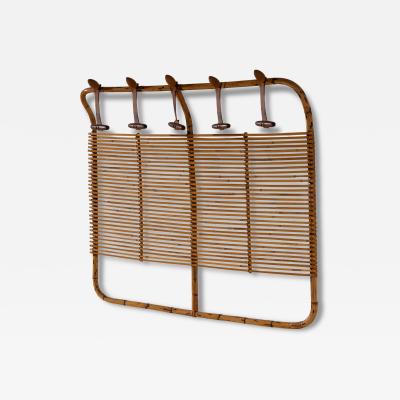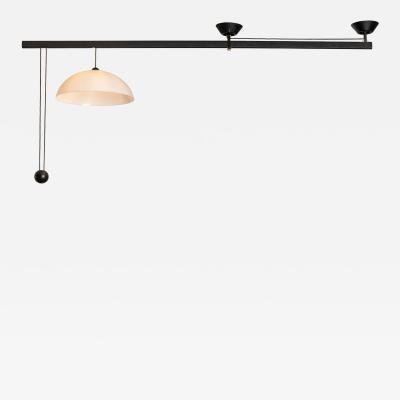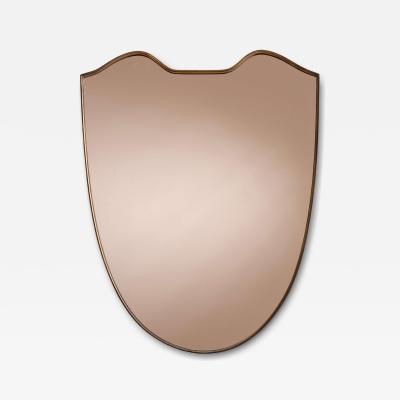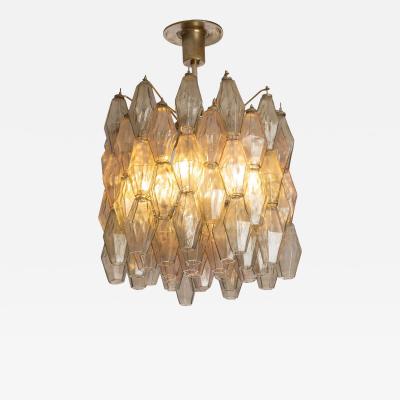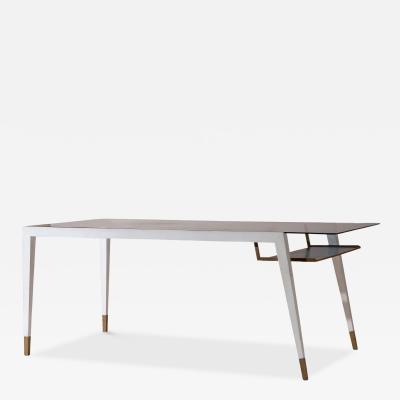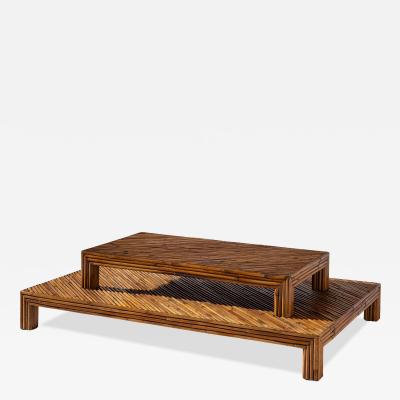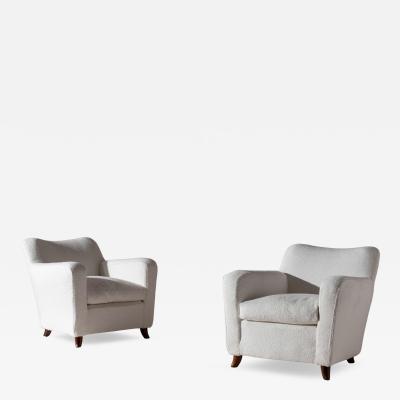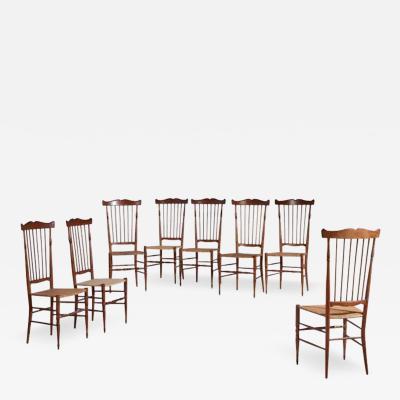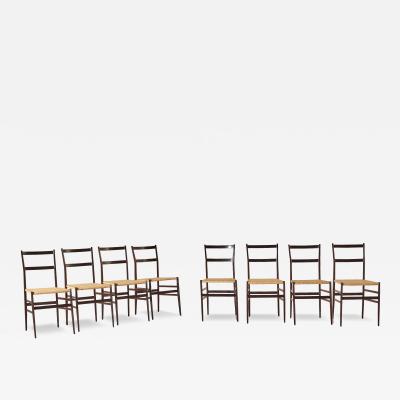Listings / Furniture / Mirrors / Wall Mirrors
Large mirror in Rationalist style, mirrored glass and wood, Italy, 1930s
-
Description
Large mirror in Rationalist style, mirrored glass and wood, in the style of Marcello Piacentini and Piero Portaluppi, Italian craftsmanship, 1930s
The elegance of the Roman arch has been a recurring presence throughout architectural history. Often overlooked due to its familiarity, it continues to surround us — in architecture both inspired and utilitarian, in furniture, in graphic design, in everyday objects. This visual legacy, almost anthropological in nature, has instilled in us a lasting appreciation for this balanced form that aspires to be half of a perfect circle — a symbol of ideal geometric harmony.
In 1930s Italy, classical motifs were reinterpreted as an antidote to the more decorative and ornamental tendencies of the Art Nouveau style, which, despite its creative flourish, never truly resonated with the broader public. Instead, more assertive and monumental forms, evoking the legacy of Ancient Rome, gained prominence. Designers such as Marcello Piacentini and Piero Portaluppi were central figures in this era, shaping a powerful architectural identity grounded in Rationalism.
This mirror aligns with that tradition. Its arched structure, with a double-layered wooden frame encasing the mirrored glass, is a direct nod to the monumental language of classical architecture. The design unmistakably recalls the aesthetics of the Colosseum — and even more explicitly, the Palazzo della Civiltà Italiana in Rome’s EUR district. Designed in 1937, that travertine-clad building features 54 evenly spaced arches, each echoing the proportions now miniaturized in this rationalist mirror.
Dimensions:
126 cm (height) × 84 cm (width) × 4.5 cm (depth)
49.6 in × 33.1 in × 1.8 in - More Information
-
Dimensions
W. 33.08 in; H. 49.61 in; D. 1.78 in; W. 84.02 cm; H. 126.01 cm; D. 4.52 cm;
Sold







